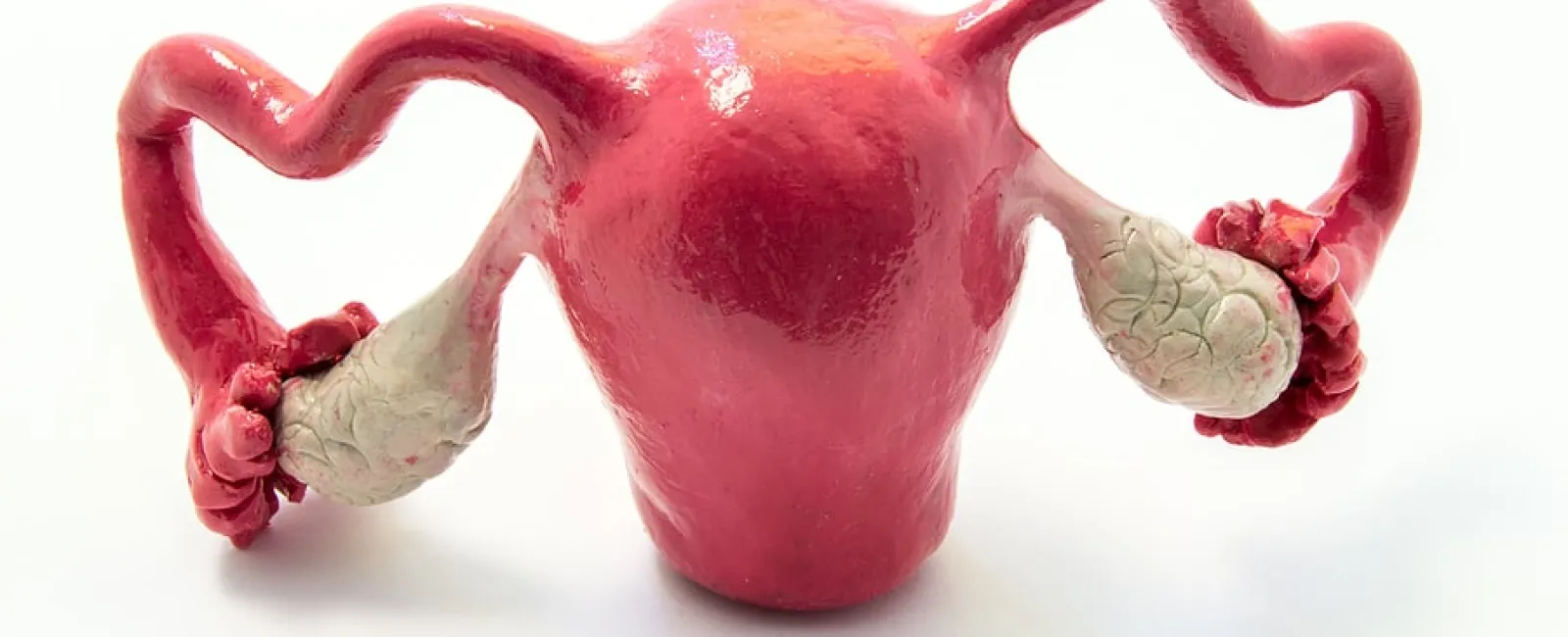A general understanding of female anatomy is helpful for everything from sexual health to cancer awareness. In addition to making conversations with your doctor a lot easier, familiarity with these terms can facilitate comfort with and understanding of our bodies.
Female Organs
A woman’s anatomy includes the whole body, but organs referred to medically as “female organs” typically refer to sex organs like the uterus, ovaries, vagina and fallopian tubes. These organs produce hormones, aid with reproduction or allow for pleasure during sex.
Uterus
The uterus is part of a female’s internal anatomy and plays an important role in periods and pregnancy. It is colloquially referred to as the “womb.” It is a pear-shaped organ where a fertilized egg is implanted. It has thick, muscular walls and is considered one of the strongest muscles in the human body. The fallopian tubes connect to the uterus near the top and the cervix connects at the bottom.
Endometrium
This is a mucus membrane that lines the inside of the uterus. During a woman’s menstrual cycle, it thickens while awaiting pregnancy. If pregnancy doesn’t occur, the lining is shed and expelled during menstruation.
Ovaries
The ovaries are a gland responsible for the production of ova – or eggs. When an ovum matures, it is released from the ovaries into a fallopian tube. There are two ovaries located on either side of the uterus. Females are born with many potential ova that do not mature until the onset of puberty. The ovaries not only produce eggs; they also produce hormones, such as estrogen and progesterone, which rise and fall during a woman’s monthly cycle.
Fallopian tubes
The fallopian tubes are two muscular ducts positioned on either side of the uterus. The fallopian tubes have hair-like structures known as cilia, which direct eggs from the ovaries toward the uterus.
Cervix
The cervix connects the uterus to the vaginal canal, playing an important role during pregnancy and childbirth. The cervix is like a superpowered part of female anatomy; organs in a woman often change during pregnancy, but the cervix can dilate from a tiny one centimeter-wide opening (about the size of a cheerio) all the way to a ten centimeter-wide opening in some women (about the size of a bagel).
Vagina
The vagina tends to be the most commonly talked-about part of female pelvic anatomy. The vagina is a muscular canal that connects the cervix to the exterior pelvic female genitalia. Its walls are lined with mucus and house Lactobacillus, a clever bacteria that keeps the pH low and other, bad bacteria out.
Vulva
The vulva is a term used to refer to several external parts of a female’s genitalia. It includes the labia and clitoris.
The clitoris is the center of sexual pleasure for women. The tip, or glans, at the end sits toward the top of the vulva. The organ also extends internally and measures about three to four inches within a woman’s pelvis. It has roughly 8,000 nerve endings, nearly twice as much as the penis.
Additionally, on both sides of the clitoris are labia. Labium majora is the outer larger fleshy portion surrounding the vaginal opening. The labium minora is the portion sitting just inside the labium majora. In this area is the opening to the urethra (where urine exits the body) as well as the vaginal opening. Below the labia sits the perineum, which is a small piece of tissue separating the external pubic area from the anus.
Getting Regular Care in Atlanta, GA
It’s much easier to talk with your doctor when you’re a little bit more familiar to female anatomy. Organs like the uterus and ovaries come with their own complications and therefore their own pains and sensations. Pointing them out can be very helpful toward a diagnosis, but these conversations can be had in ways that you’re comfortable.
It is key to have regular pap smears, screenings for sexually transmitted diseases and visits for other female reproductive conditions. Contact the specialists at Advanced Gynecology to schedule a pelvic exam in Atlanta, Athens or Alpharetta today.
